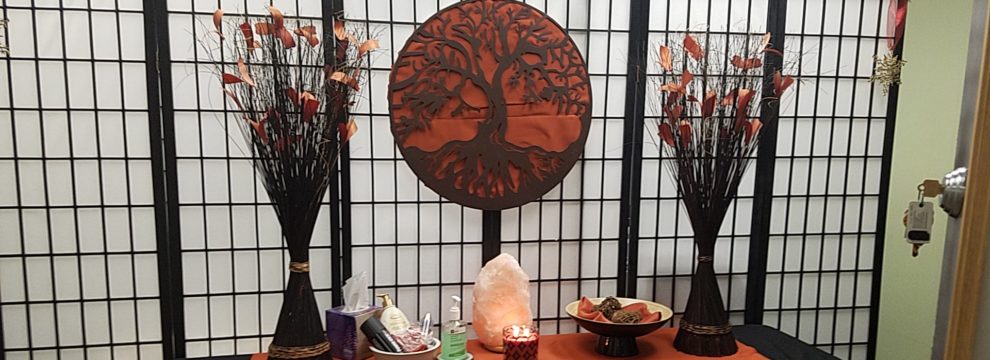Aromatherapy is a natural adjunct to massage and bodywork. The effects of pure essential oils have been well documented in research conducted for the cosmetic and food industries — the largest users of botanical extracts.
But the essences also work on the mind and, thus, the emotions, and have an effect on the spiritual level, as well. Massage therapists can positively affect many levels during a massage or bodywork treatment by adding essential oils to our cold pressed massage oil, or have a blend that is diffused into the air. Remember to always dilute essential oils before applying to the skin.
Some of the most commonly used essential oils and suggested blends are described below. For more information, please refer to my column, “The Aromatic Message,” in Massage Today, and to the books listed as references.
Additional oils and blends will be added on a continuing basis.
CHAMOMILE (Anthemus nobilis). Distilled from dried flowers, chamomile’s familiar apple-like scent is found in herbal teas and cosmetic products. Chamomile is used for pain, inflammation, headache, insomnia, stomach distress, skin irritation and infection, and relieves symptoms of PMS. It is an extremely calming oil in the sedative category that is useful to relieve anger.
EUCALYPTUS (Eucalyptus globulus). Distilled from a tree indigenous to Australia, eucalyptus is a powerful decongestant. It is good for flu and sinus conditions, protection from bacterial and viral infections, and it cools the emotions and clears the mind. Use in low doses. One drop in boiling water is a powerful inhalation for congestion due to colds and flu.
GERANIUM (Pelargonium graveolens). Another scent familiar from cosmetic products, Geranium is an anti-inflammatory that assists circulation and relieves anxiety. It relieves neuralgia, stress related conditions, is helpful for both menopause and PMS, and has numerous applications for skin. Geranium is also a pleasant mosquito repellant.
GRAPEFRUIT (Citrus paradisi). Expelled from the rind of the fruit, this essence is known for having a euphoric effect. It also stimulates the lymphatic and digestive systems and relieves simple water retention. Grapefruit will ease the desire to overeat and helps in detoxification.
JUNIPER (Juniperus communis). Distilled from the berry, juniper is a powerful detoxification agent. It relieves simple water retention, overworked and overstressed muscles, and is uplifting to the spirit.
LAVENDER (Lavandula angustifolia). Often considered the one essential oil to have if you can have only one, lavender has extensive properties, including relief of pain, muscle spasm, high blood pressure, insomnia, headache, anxiety, depression, burns, colds and flu. Lavender is the principal sedative oil, but overuse can cause it to become a stimulant.
PEPPERMINT (Mentha piperita). The refreshing, familiar aroma of peppermint is clearing to the mind and emotions. Peppermint relieves headache, muscle pain, sinus, colds and flu, painful feet, and digestive difficulty.
ROSEMARY (Rosmarinus officinalus). Known as the principal stimulant, the essential oil of rosemary relieves pain, headache and promotes circulation while it assists digestion and detoxification.
BLENDS
Chamomile, geranium and grapefruit – Soothing and uplifting; helps relieve PMS.
Chamomile, lavender and grapefruit – Relieves pain, anxiety and insomnia.
Grapefruit, juniper and rosemary – Stimulates circulation and digestion; relieves jetlag.
Lavender, rosemary and juniper – An all purpose blend for pain relief and detoxification after sports massage.
Peppermint, rosemary and geranium – Relieves pain; uplifts and strengthens.
